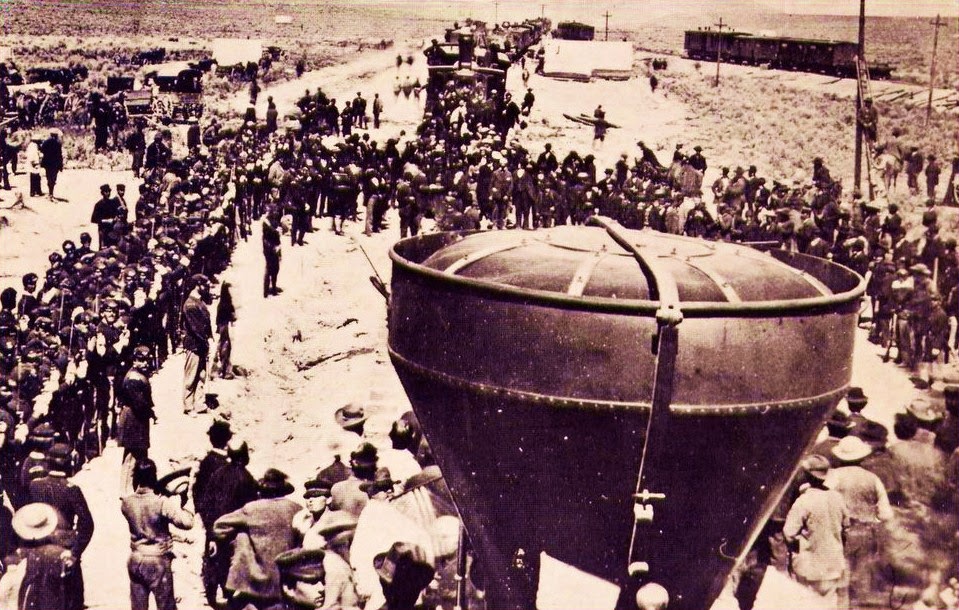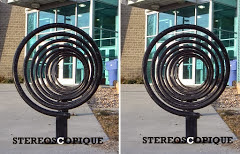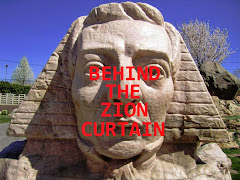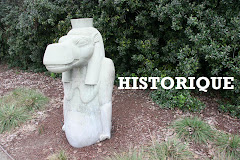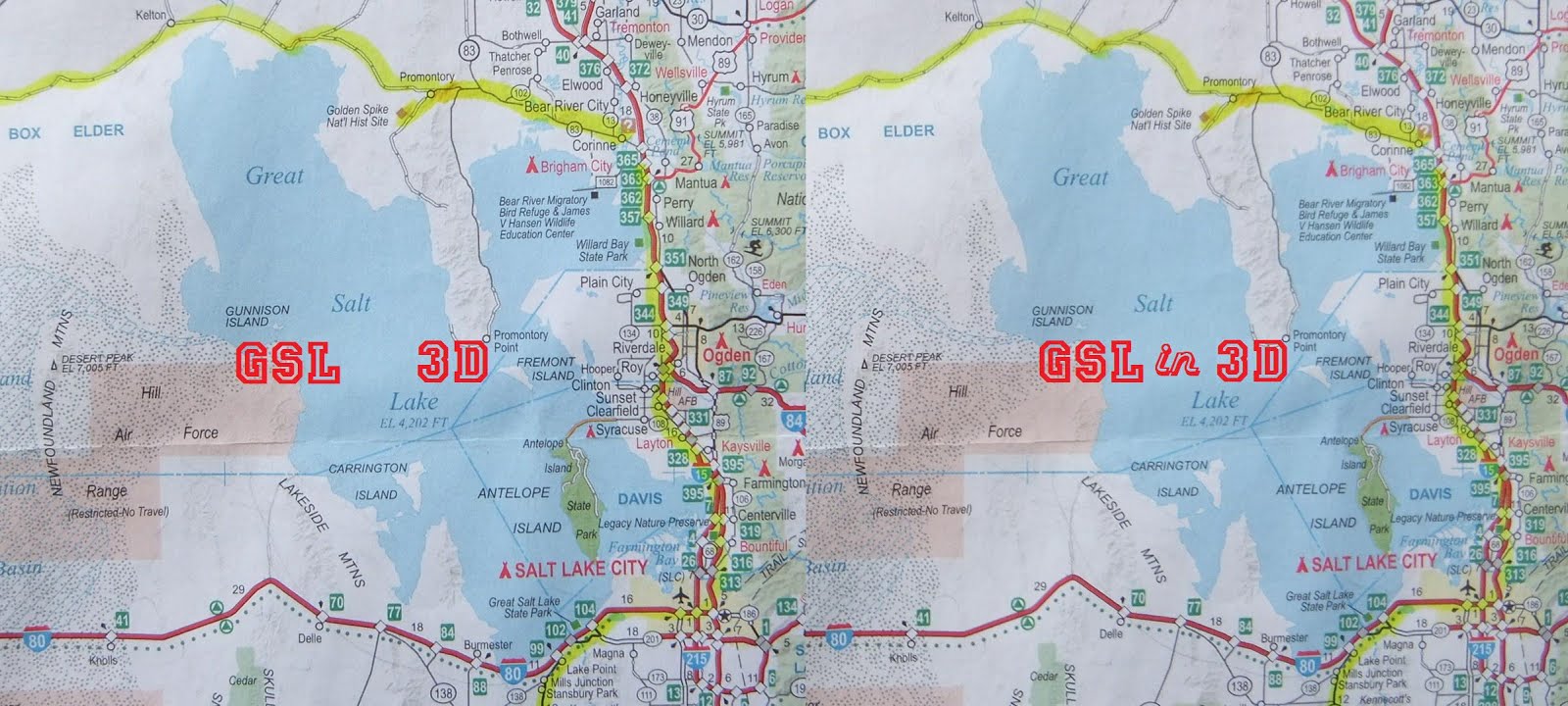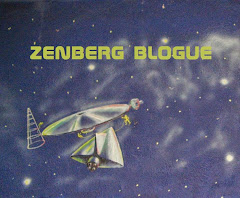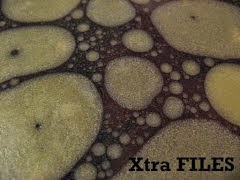With an hour or so before sunrise, we took exit 62 off of Interstate 80 and found, not a dirt road, but one of the smoothest and best maintained roads I have ever driven... and there was no one else there. Apparently, this area wasn't a popular destination for Labor Day weekend travelers.
The moon didn't offer any assistance as the nicely groomed road continued north for almost 20 miles. The darkness made it somewhat difficult to navigate.
Suddenly, the road came to an abrupt end and we found ourselves under bright lights at the gate of a top secret military installation. We examined the map and discovered that we had failed to make a right turn a couple of miles back. We turned the car around and backtracked without incident.
The rest of the drive took place on a well maintained dirt road and we arrived in time to make our way out onto the causeway that crosses the Great Salt Lake before the sun painted the sky... and everything else.
3D shot of Transcontinental RR Great Salt Lake Causeway looking East from Lakeside moments before sunrise.
Sun rising over the Promontory Mountains looking East from Lakeside Station on the Transcontinental RR causeway.
3D - On the Transcontinental RR Great Salt Lake Causeway at Lakeside Station looking West
3D - Lakeside Station
Lakeside Station
Not much happens at Lakeside Station except for the occasional passing train, and the numerous birds who thrive in this harsh environment.
A Union pacific train heading East across the Great Salt Lake Causeway.
Looking Northwest toward the Hogup Mountains
John Williams Gunnison was second in command of Howard Stansbury's surveyor expedition that began mapping this region in 1849. Gunnison, and his team of surveyors were massacred by a band of Indians in 1853. Gunnison Island, one of the loneliest Islands on the Great Salt Lake, bears his name.
Looking North - Gunnison Island..
3D - Salt
3D - receding lake has left behind eroded barricades.
After leaving the causeway, we headed up to the top of Lakeside Butte, (about 450' above the Great Salt Lake level), for a great view of the region.
Causeway crossing the Great Salt Lake looking East
In 1904, the Lucin cutoff shaved off 44 miles from the old Historic Transcontinental RR route around the Great Salt Lake. The causeway across the Great Salt Lake has physically divided the lake and has drastically changed the saline levels of each side. The north part of the lake is now much more saline and the algae gives the water a reddish hue.
Transcontinental RR looking West toward Lucin, UT - about 160 miles away.
3D - sign at the UTTR, (Utah Training and Test Range), on the Puddle Valley Highway on the way to Lakeside, UT. A Declared Public Right of Way even though the "ROAD CLOSED" signs would make you think otherwise.








































